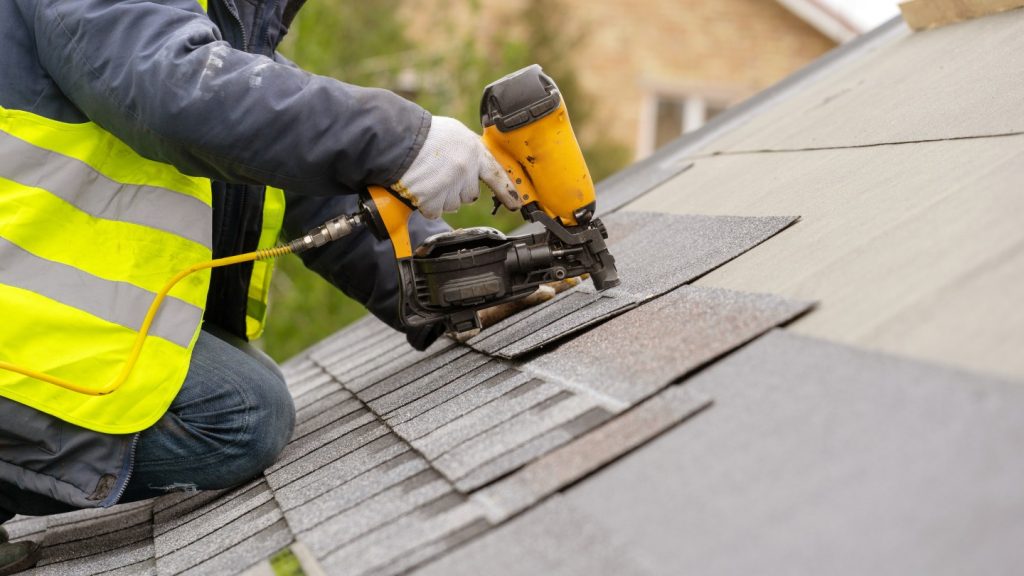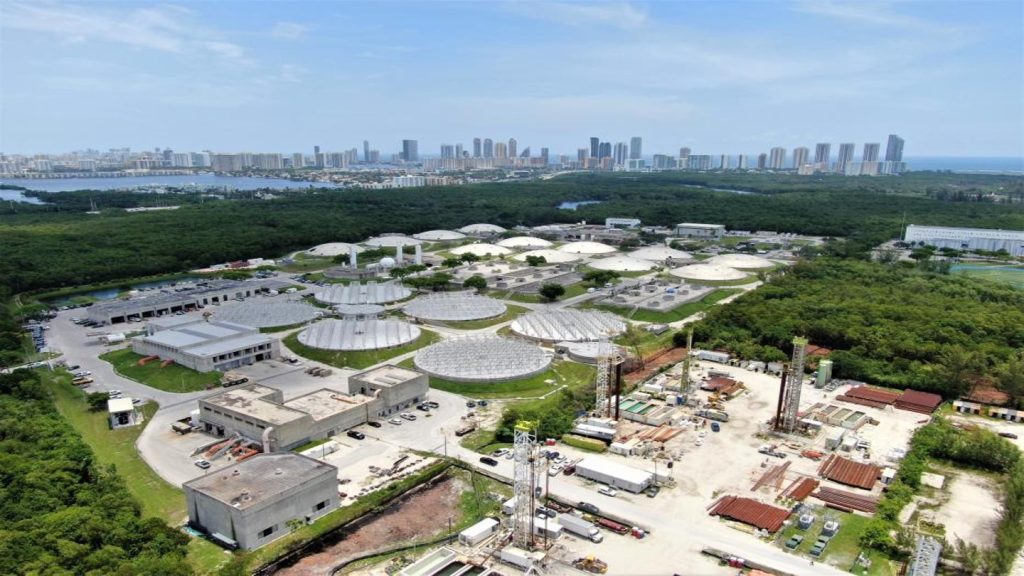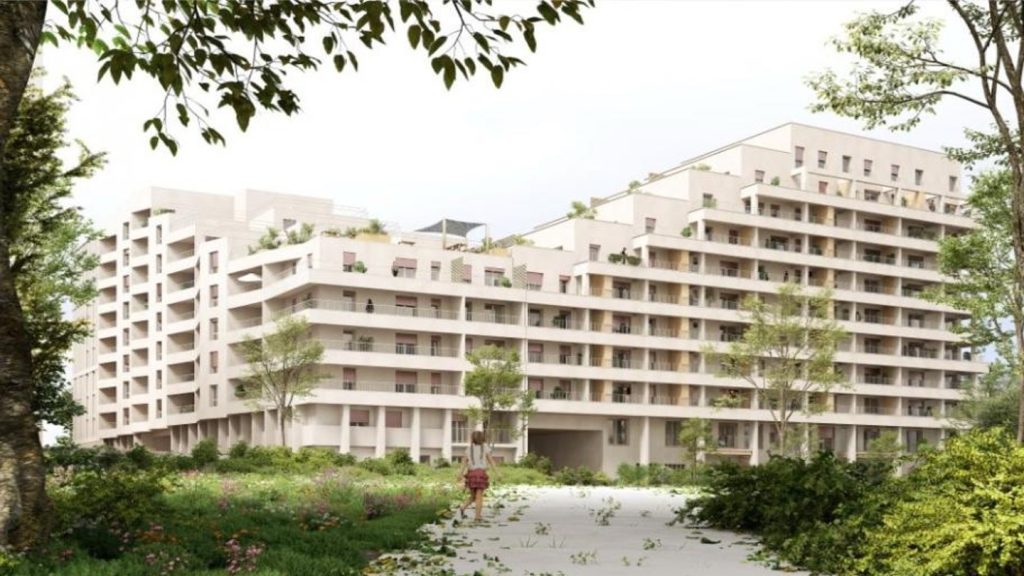Since first impressions tend to last, the exterior of a building means a great deal when it comes to catching the eye of the design world. With green movements and sustainability trends at their peak, the industry has jumped on the green bandwagon. Living roofs and walls, a simple and safe way to show consideration for the environment, have become a symbol and figurehead for ecological and sustainable buildings and urban landscapes.
Green roofs in cities are a relatively new concept, although they have roots in ancient times. The Hanging Gardens of Babylon, built by King Nebuchadnezzar II in about 600BC were green roofs, arranged as a series of planted terraces. Another example are the sod roofs of northern Scandinavia, which have been around for centuries.
The modern trend of green roofing started in the 1970s in Germany. Green roofs, which are also known as living roofs, are partially or completely covered with vegetation and a growing medium, planted over a waterproof membrane. They absorb rainwater and to provide insulation, while creating a habitat for wildlife and helping to lower urban air temperatures.
It is estimated that about 12% of all German flat-roofed buildings are covered with vegetation. The percentage is ever-increasing as the industry continues to grow by 10%-15% every year, according to the Green Roof Research Program at Michigan State University.
Green roofing trend
In recent years, the concept of green roofing has also spread to other European and North American countries. "Business has definitely been driven by green roofs and green walls over the past few years," says Boston-based landscape designer and director of Greayer Design Associates, Rochelle Greayer.
See Also:
"But while I’m completely in favour of green roofs, I think that as an industry we have a tendency to all jump on one bandwagon and sometimes forget to realise that there are actually a lot of other options and sometimes they are cheaper and smarter and even more effective."
How well do you really know your competitors?
Access the most comprehensive Company Profiles on the market, powered by GlobalData. Save hours of research. Gain competitive edge.

Thank you!
Your download email will arrive shortly
Not ready to buy yet? Download a free sample
We are confident about the unique quality of our Company Profiles. However, we want you to make the most beneficial decision for your business, so we offer a free sample that you can download by submitting the below form
By GlobalDataCities like Chicago and Boston in the US have set up green roofing initiatives and grow plants on rooftops to replace the vegetated footprint that was destroyed when the building was constructed.
Toronto in Canada even approved a by-law in May 2009, mandating green roofs on residential and industrial buildings. Under this regulation industrial buildings required to render 10% or 2,000m² of their roofs green by the end of January 2011.
"Green roofing is definitely catching on now," says green roof designer and ecologist at Green Roof Consultancy, Gary Grant. "People’s attitudes have now changed in the sense that if you promote a green roof then it’s not considered eccentric anymore. That’s the difference between now and five years ago."
The UK-based company has seen an increasing demand for green roofs in recent years. Companies and businesses have caught on the trend and are seeing the economic and ecological opportunities.
So has the Barclays Group in London, when they completed the highest nature reserve on a building in the world, in June 2005. Commenting on the instalment, the group said that the green roofs and walls had been constructed to reduce heat penetration and are one solution for managing heat risk and reducing thermal discomfort.
And also ahead of the Olympic Games in London in 2012, green roofs have become a bigger part of the city’s urban space. While improving the capital’s transport facilities, many of the refurbished and new locations have been fitted with green roofs and walls, such as the Orient Way train station and the West Ham bus depot.
Environmental sustainability
A natural progress for Gary Grant: "A conventional roof keeps the rain out of the building, that’s all it does. A green roof absorbs rainfall, keeps the weather off the roof to make it last longer, it provides an evaporating cooling as well as a wildlife habitat and it looks nicer. There are five reasons to have a green roof and there is one reason to have a conventional roof and that’s to keep the rain off."
The opportunity to grow a wide range of plants and to provide a habitat for insects and birds is one benefit of green roofs. "A green roof can be a monoculture with just one species of seed and sew, which is of limited value for biodiversity. Or it can be species-rich, which is good for biodiversity," says Gary Grant.
Sustainable drainage is another reason to fit a green roof on the top of a building, making a valuable contribution to mitigating the adverse effects of development on rainfall runoff, depending on depth and type of the substrate. Plants on green roofs absorb over 50% of rainwater, which would otherwise run into the sewage system.
Green roofs are also a chance to take action to reduce green house gas emissions, mitigating and adapting to climate change. A study, conducted in 2009 by the Center for Climate Systems Research at Columbia University in New York City, shows that green roofs can especially help to mitigate the ‘urban heat-island effect’, which is created when concrete buildings and asphalt surfaces absorb solar energy and turn it into heat. Thermal insulation and the reduction of daily temperature fluctuations are further benefits of green roofs.
However, higher initial installation costs can still be a barrier for some businesses or hotels to invest in a green roof.
More money has to be spent in the design and structural engineering, as green roofs are generally heavier and more complex to normal rooftops. Gary Grant, however, believes that lasting economic benefits can make up for the initial higher investment.
Structural challenges
That parsimony at the design stage is completely out of place has shown the example of North America’s largest sloping green roof at the company Aquascape in St Charles, Illinois, US. On 13 February 2011, a 50ft x 700ft portion of the roof came crashing down over a parking garage at the pond and garden supply company.
No one was injured, largely due to the fact that the incident too place on a Sunday and the company was closed. Engineers have been speculating about the reason of the collapse but one reason could be the abnormally heavy snow season this winter.
The fact that it is a sloping roof rather than the more popular flat roof design is an extra challenge for designers and engineers. "I think it’s just poor design but it’s not really relevant that it’s a green roof," says Gary Grant. "Obviously, if you have a green roof you have to make sure that the construction can take the additional weight. But that’s just a matter of engineering; you shouldn’t put a green roof on a roof that can’t take the weight."
Green roofs are always created in several layers, which besides plants include a growing medium, filter cloth, drainage, insulation as well as a waterproof membrane. The construction and the selection of plants depend on several factors including the size of the building and the type of the roof.
According to the plant selection, three different roof types, called intensive, semi-intensive and extensive, can be installed. Intensive green roofs refer to rooftops that accommodate large plants including trees and full lawn. This type of green roofing requires a significant depth of soil and a lot of maintenance. Semi-intensive green roof involves roof covering with plants of moderate size and requires less maintenance. Extensive green roofing is the most convenient of all types of green roof systems and involves roof covering with a thin layer of growing medium and vegetation that requires minimal care and maintenance.
Green future
Gary Grant is convinced that green roofs and walls are going to become more common exterior elements of buildings. "It’s such an easy benefit to get because you have to have a roof anyway. If you add a little bit of extra strength to the roof you can have an extensive bio-diversed top over your head. I predict that green roofs will become more and more common."
They also pass the test for a future in the landscape designing industry. "I guess the green roof and green wall trendiness is going to pass because all trends pass at some point. But I do think that there will be a remaining longevity to the whole thing," says exterior designer Rochelle Greayer.
"A lot of the technology we are seeing right now is to retrofit buildings and to sneak gardens in where they never have really thought to find a place," she says. "We will probably have a lot more green roof-related ideas such as green walls and green architecture."
Sustainability trends and environmental concerns have also found their way into the design build industry. Green roofs seem to have established themselves in their role as long-lasting environmental trend and ecological figurehead of the industry.







